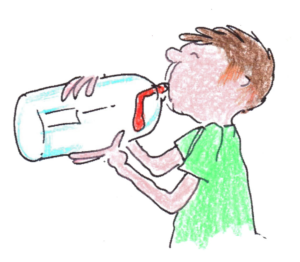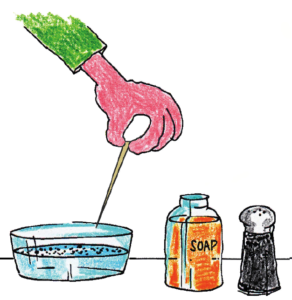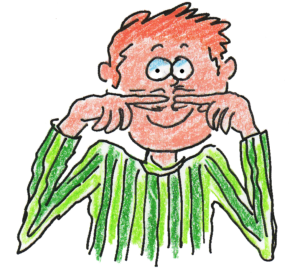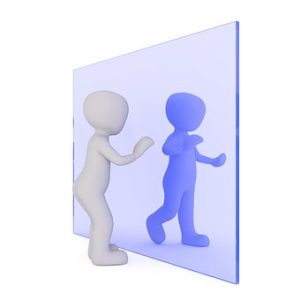Quick Science: Tear Up Your Newspaper

A sheet of newspaper and a few minutes builds enthusiasm for science, gives students a chance to guess and discuss results, and can be used to introduce patterns in science.

A sheet of newspaper and a few minutes builds enthusiasm for science, gives students a chance to guess and discuss results, and can be used to introduce patterns in science.

All you need is scrap paper and a few minutes of time.
An activity you might use to practice using information you have to predict what might happen next.
This could be a team activity. Use a teacher demonstration to introduce the activity and then have each team try it with one variation. Report results to the class.

All you need is a plastic bottle and a balloon!
Insert the balloon into a clean empty plastic bottle and pull the mouth of the balloon over the mouth of the bottle.
Ask a volunteer to inflate the balloon. It’s impossible!

Cohesion is a property of liquids. Water is very cohesive, it sticks to itself.
I like using a cohesion activity when a group of students needs to learn to work in teams. This can lead to a discussion about being a cohesive group.
Click on the link for this post to read more and find a link to a free product at my TpT store that includes a take home activity and a dozen copyright free images you can use to introduce this topic.

Got two sharp pencils? That’s all this quick science activity requires.
A great option when you want to introduce perspective and how we see objects, have just a few minutes of class time, or would like to add an activity to your sub folder.
I’ve included resources for these additional options. Use clever images to show forced perspective. Start a discussion about perspective and seeing from another person’s viewpoint. Talk about adapting to vision loss in one eye.

If you liked Where’s Your Blind Spot and Is There a Hole in my Hand? here’s another quick activity that demonstrates how our eyes can fool us.

In Where’s Your Blind Spot, students learned about spots in their retinas that don’t sense light and information is not sent to the brain.
What if you use two eyes to look across a room but one eye is looking through a cardboard tube?
How does the tube change what you see?

Are you teaching light or optics in your physics class or point of view and showing respect towards others during a class discussion? This activity may be just what you need!
What does it mean to have a blind spot?
Why is it important to be aware of your own blind spots?
This activity easily extends from primary grades to high school…

Activities, with a few suggestions, to add to your resources for teaching light. I presented this information at a workshop at the OSTAstate conference. The Evidence Statement for NGSS 1-PS4-2 suggests observations in a dark room, a pinhole box, or a video of a cave explorer. Objects in darkness can be seen only when illuminated. I don’t have those resources available so I cut a small hole in one end of a box and asked a child to look through the hole and tell me what is seen in the box. He can’t see anything because there’s so little light in the box …

Here’s a great collection of activities, with explanations and elaborations, that I hope will enrich your resources for teaching sound. I presented this information at a workshop at the OSTA state conference. One example in the Evidence Statement for NGSS 1-PS4-1 suggests using a tuning fork to show vibration. That’s a fun demonstration and you might add to the demo by showing a slow motion video of a vibrating tuning fork that touches water. Another video you might choose was created by the SloMo Guys. I like their videos but suggest you turn off the sound and discuss what’s seen because …